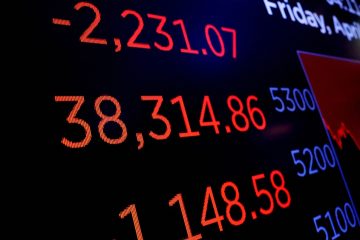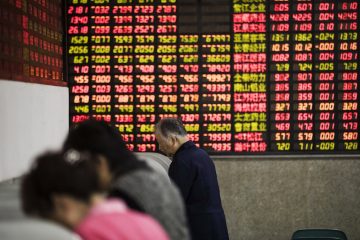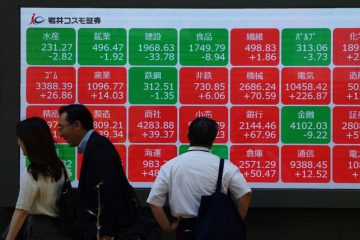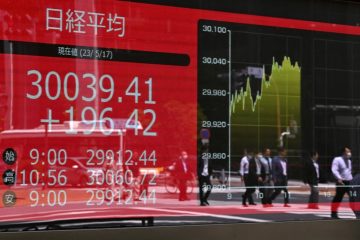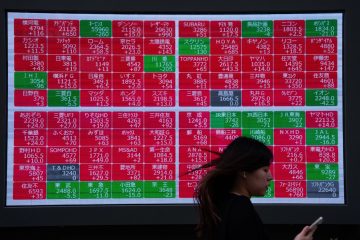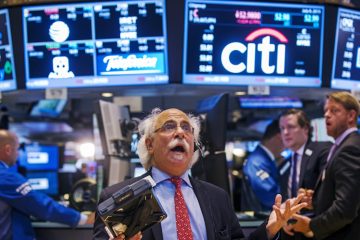The new kings are cash cows
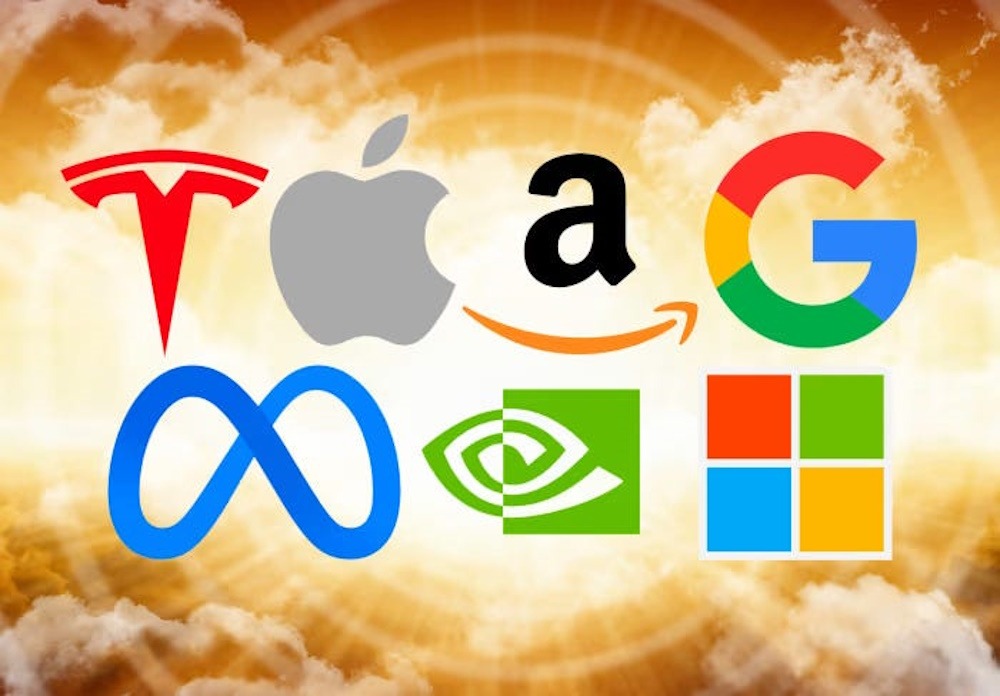
The Magnificent Seven have become somewhat passé. Cash cows have emerged as the dominant force. The investment strategy that propelled Warren Buffett to multibillionaire status appears to be losing its efficacy, albeit not for the reasons one might assume. Periodically, a proclamation emerges suggesting that the chief of Berkshire Hathaway has waned in his prowess—typically serving as a precursor for the resurgence of the reasonably priced stocks he favors. Nonetheless, the practice of value investing, as exemplified by Benjamin Graham, Buffett’s mentor, and later articulated by Nobel laureates, has experienced a notable scarcity of recoveries in recent times.
The explanation does not lie in the notion that the “Magnificent Seven” stocks, including Nvidia, Apple, and Tesla, have fundamentally altered the principles of economic reality. Value investing merely required a refinement. A multitude of exchange-traded funds, several lacking the term “value” in their titles, have nonetheless conferred it a designation. The classic value factor was articulated in a seminal paper by economists Eugene Fama and Kenneth French in 1992, presenting a compelling argument. A collection of equities undervalued in relation to their book value significantly outperformed more ostentatious stocks by thousands of percentage points over the decades.
However, the findings of the professors pertain to a timeframe in which the valuation of companies was predominantly derived from tangible assets such as property and machinery, rather than from brands and intellectual property. Half a century ago, intangible assets accounted for less than one-fifth of the S&P 500’s total assets. Currently, more than four-fifths of companies operate in an asset-light manner, with leading firms such as Microsoft exemplifying this trend. The findings convey a narrative: Analysts at Lord Abbett highlight that a portfolio grounded in low price-to-book ratios yielded a remarkable 519% return from 2002 through mid-last year. A model predicated on free-cash-flow yield outperformed by a factor of more than two.
Free cash flow is typically characterized as the residual funds remaining after accounting for expenses and capital expenditures, which a company can distribute to its shareholders. The yield is typically determined by dividing the 12-month free cash flow by the enterprise value, which encompasses market capitalization and net borrowings. “We began to recognize this trend approximately a decade ago,” states Sean O’Hara, president of Pacer ETFs Distributors. Pacer’s U.S. Cash Cows Index serves as the foundation for an ETF bearing the same name, identified by the ticker symbol COWZ, which manages approximately $25 billion in assets. The index has achieved an annual return of 15.7% over the past five years, significantly outpacing the Russell 1000 Value Index by 7 percentage points. It outperformed the conventional Russell 1000 index, heavily influenced by the non-value Mag 7 stocks, by 1.4 points annually.
If imitation is indeed the sincerest form of flattery, then the burgeoning interest in funds aiming to replicate similar effects serves as a significant endorsement for free-cash-flow yield. In 2023, a notable array of ETFs has emerged, featuring tickers such as FLOW from Global X, QOWZ from Invesco, COWS from Amplify ETFs, and VFLO from VictoryShares. Value investing has not perished; rather, it has encountered challenges in quantification. A significant number of investors, such as Joel Greenblatt known for his “Magic Formula,” and even Warren Buffett, tend to overlook the constraints imposed by certain value indexes rooted in academic theory. Other fund managers have adjusted the traditional book-value calculation to reflect the increase in intangible assets, thereby enhancing their results. However, that presents a greater challenge in terms of explanation.
COWZ is straightforward: The proprietary index identifies the 100 stocks with the highest free cash flow yields from the Russell 1000 stock index, subsequently weighting these selections according to their dollar-denominated free cash flow, with a cap of 2% per stock within the index. At the conclusion of 2024, the fund achieved a yield of 7.32%, surpassing the overall Russell 1000 index by 4.7 percentage points. A diminutive corporate variant, CALF (a clever play on words), produced a yield of 9.94%.
Is the strategy viable in challenging circumstances? S&P Dow Jones Indices has developed a proprietary index grounded in free cash flow, derived from the S&P 500. The index outperformed the broader market by the most significant margin during periods characterized by declining economic growth and increasing inflation. As apprehension mounts regarding the Mag 7 stocks, COWZ’s leading seven cash returners—Qualcomm, Gilead Sciences, Cencora, Tenet Healthcare, Valero Energy, Archer-Daniels-Midland, and Bristol-Myers Squibb—could present a more resilient option.

